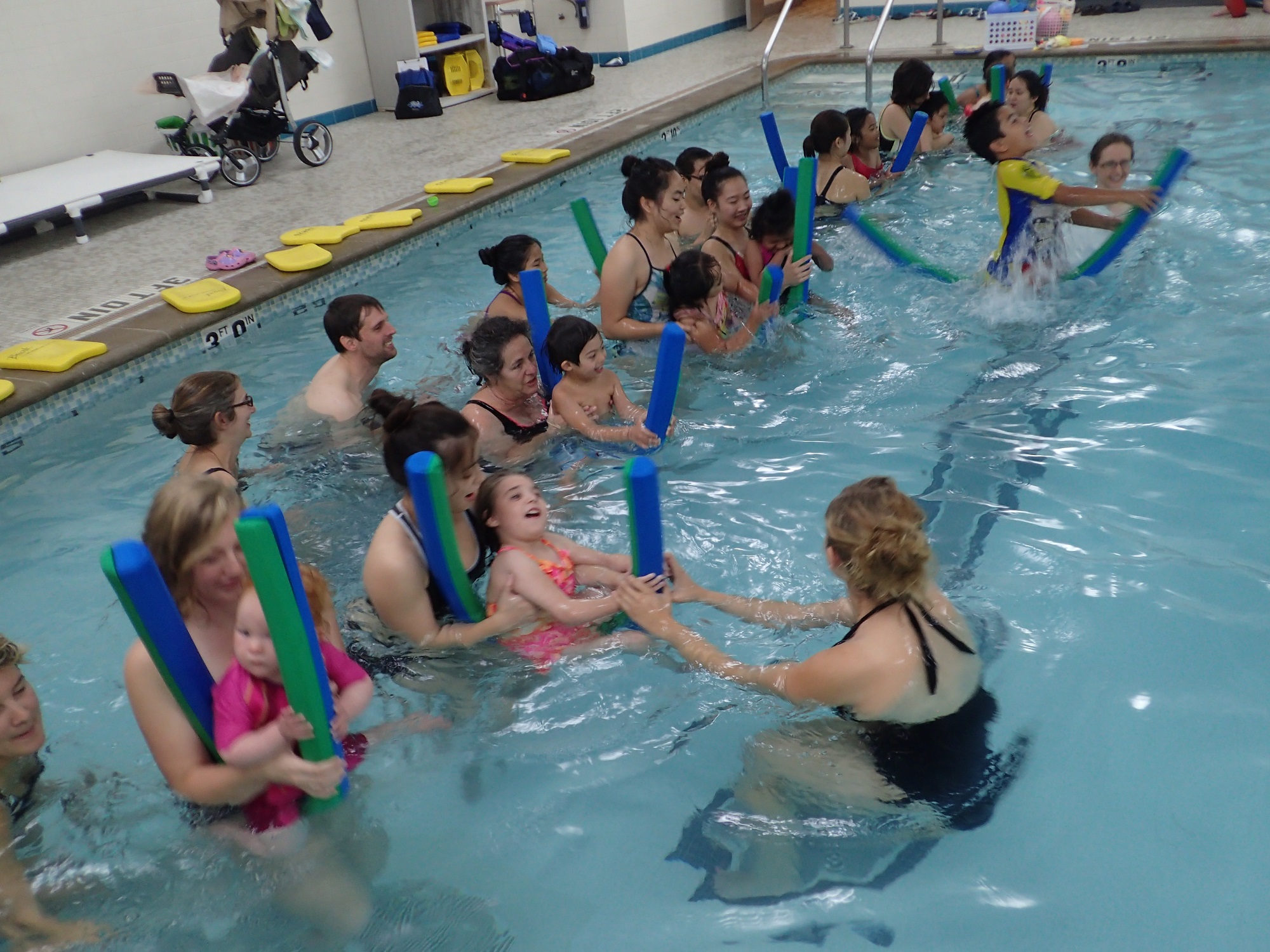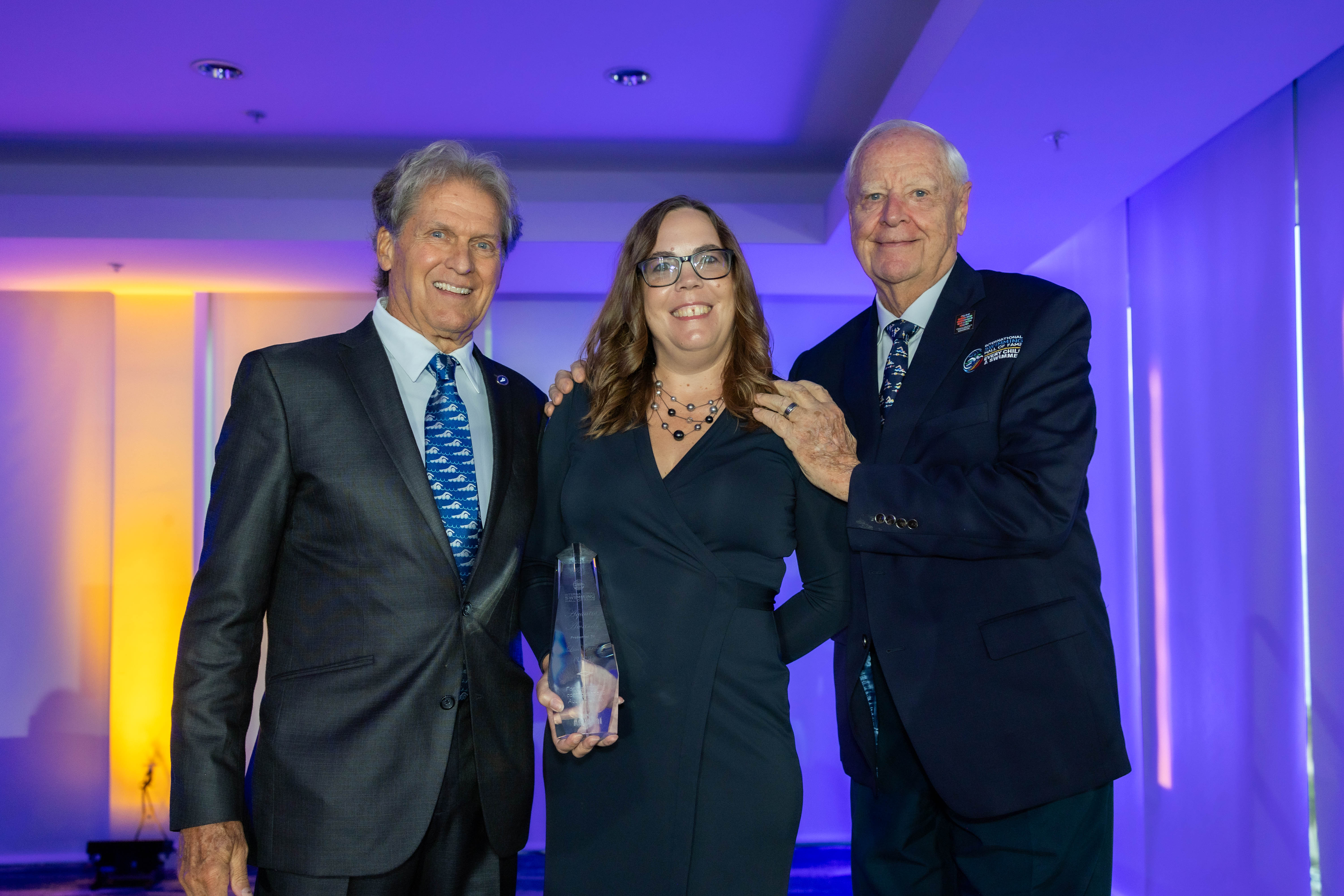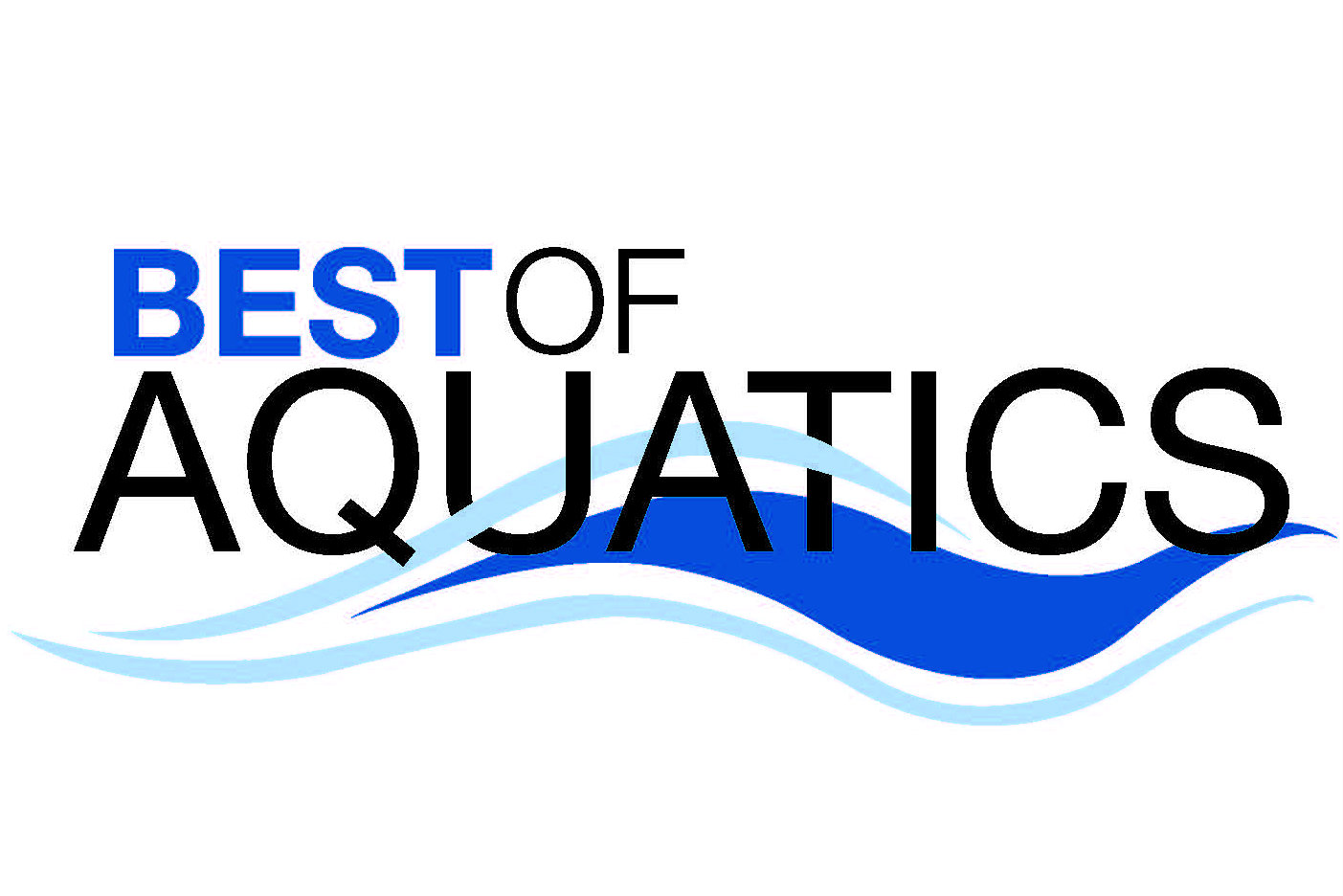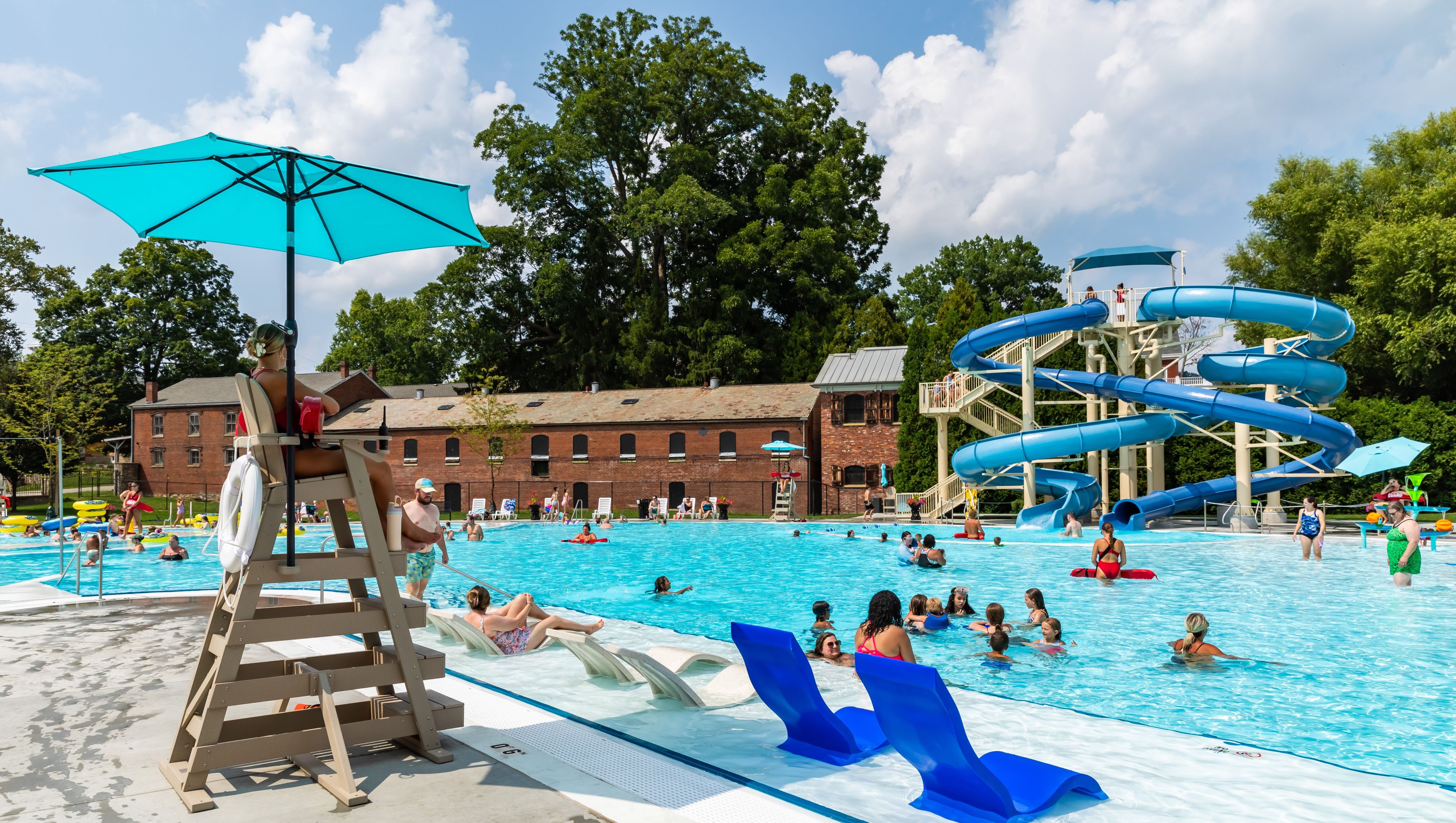When Dori Maxon offered to swim with special-needs children, she didn’t expect to start a whole program. But more families asked than the adapted swimming instructor/pediatric physical therapist could accommodate alone, so she enlisted the help of friends and founded Special Needs Aquatic Program, or SNAPkids.
After 32 years, the organization is hosted at three sites and remains powered by volunteers.
Originally, SNAPkids’ set a simple mission: To help kids with disabilities and special needs learn to swim and enjoy the water. As the organization grew, a second mission emerged — building and enriching skills such as empathy, communication and patience among volunteers. “We build inclusion into our program models so [volunteers] learn how to include everybody who might be different,” Maxon explains.
Reliable recruits
Building a volunteer team of specialists can be challenging. How do you recruit, train and retain volunteers who are both qualified and reliable without the incentive of a paycheck?
SNAPkids recruits from local colleges and high schools, as well as employing VolunteerMatch, an online platform designed to pair volunteers with opportunities.
Candidates are vetted based on swimming ability and attitude. “They have to like swimming and kids,” Maxon says. Strong swimmers are easier to train, but average swimmers with the right energy are also considered.
New volunteers join regularly, so training takes place at the beginning of each semester. Besides pool skills, volunteers learn about nonverbal communication and how to teach kids with special needs.
The program runs through the school year, and offers summer clinics, to provide consistency. If the program is near a college and relies heavily on its students for volunteers, the schedule might follow semesters to better accommodate their schedules.
SNAPkids sets the schedules but, because the children or volunteers might need to miss a session from time to time, their attendance must be confirmed. A couple volunteers take care of this task, texting volunteer staff and families to make sure they can come.
If someone who is expected doesn’t show, there’s another outreach attempt to see if they want to continue in the program.
Learning from service
Currently, the program has about 150 volunteers who serve a total of approximately 80 kids each week. The volunteers make it possible to serve so many, Maxon notes.
Each child is paired with two volunteers, with the same volunteers remaining with the child for every session.
“Ideally, an experienced volunteer is one of those two, and they help the new person learn,” Maxon says.
Containing a mix of group swim and individual instruction, sessions follow a predictable structure, which makes things more comfortable for autistic participants, Maxon says.
Volunteers continue to receive training throughout their service. Before each session, they are given a mini instruction on a specific topic or technique. During the session, experienced volunteers circulate to check on the volunteer pairs and their students, monitoring how they’re doing and whether they need help or ideas for how to best work with the swimmer.
When the class is over, volunteers come together in a circle to reflect on what they learned in that class about the child.
“The activities we select are [things] that can be adapted for anybody, and that’s what I think our volunteers learn,” says Maxon. “They learn how to include other people.”
Keep the conversation going—sign up for our newsletter for exclusive content and updates. Sign up for free.



